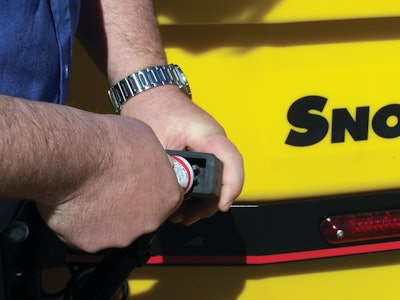
Wash the unit. This procedure should have been done at the end of last winter, but it’s a good idea to wash the spreader off again to remove any leftover dirt, dust or material. This helps prevent corrosion, and it can also reveal any areas that may need to be fixed. A little prevention now will save you a lot of hassle during the season.
Coat electrical connections with dielectric grease. Dielectric grease helps prevent corrosion, and it ensures strong electrical connections. Plus, it makes connecting and disconnecting harnesses much easier. (See photo.)
Apply grease to all fittings. It’s especially important to grease the fittings that are most difficult to access, such as those located behind covers or plates. That’s because during the busy season people are most likely to miss scheduled greasings on the hard-to-reach fittings.
Check the condition of the controller and electrical wiring. Make sure there are no bad connections or corroded wires. It’s much better to fix any issues before the season starts than to notice problems during the first big storm.
Make sure the spreader is properly mounted. It’s important to check all mounting hardware before loading the spreader with salt for the first time. You don’t want the spreader to fall off while filling it up or lose it while driving down the road. Also, make sure the lid is properly latched, so that doesn’t fly off either.
Check the condition of the spinner. If the spinner fins are worn down, you’ll get a poor spread pattern, so replace it if necessary.
Thanks to Ross Coulter, SnowEx national sales manager, for providing these useful tips.

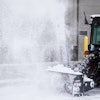

![Doosan Bobcat Wacker Neuson Stack 2ec Js Pb V6e[1]](https://img.greenindustrypros.com/mindful/acbm/workspaces/default/uploads/2025/12/doosan-bobcat-wacker-neuson-stack2ecjspbv6e1.CPyyz8ubHn.png?auto=format%2Ccompress&bg=fff&fill-color=fff&fit=fill&h=100&q=70&w=100)
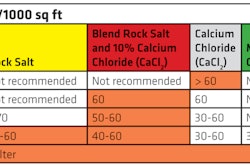
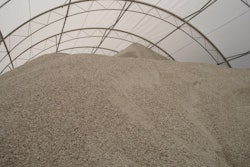



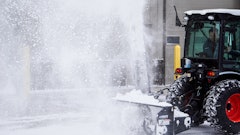

![Doosan Bobcat Wacker Neuson Stack 2ec Js Pb V6e[1]](https://img.greenindustrypros.com/mindful/acbm/workspaces/default/uploads/2025/12/doosan-bobcat-wacker-neuson-stack2ecjspbv6e1.CPyyz8ubHn.png?ar=16%3A9&auto=format%2Ccompress&bg=fff&fill-color=fff&fit=fill&h=135&q=70&w=240)
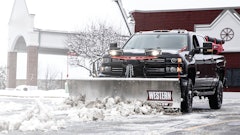
![Gravely Pro Turn Mach One My23 Dsc03139 Edit 1200x800 5b2df79[1]](https://img.greenindustrypros.com/mindful/acbm/workspaces/default/uploads/2025/10/gravely-pro-turn-mach-one-my23-dsc03139-edit-1200x800-5b2df791.BucBnDoN22.jpg?ar=16%3A9&auto=format%2Ccompress&fit=crop&h=135&q=70&w=240)
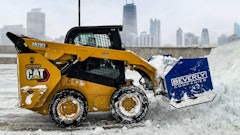

![Kubota Snow ah3 Sgv25ua[1]](https://img.greenindustrypros.com/mindful/acbm/workspaces/default/uploads/2025/10/kubota-snowah3sgv25ua1.bAUoUSziui.png?ar=16%3A9&auto=format%2Ccompress&bg=fff&fill-color=fff&fit=fill&h=135&q=70&w=240)


